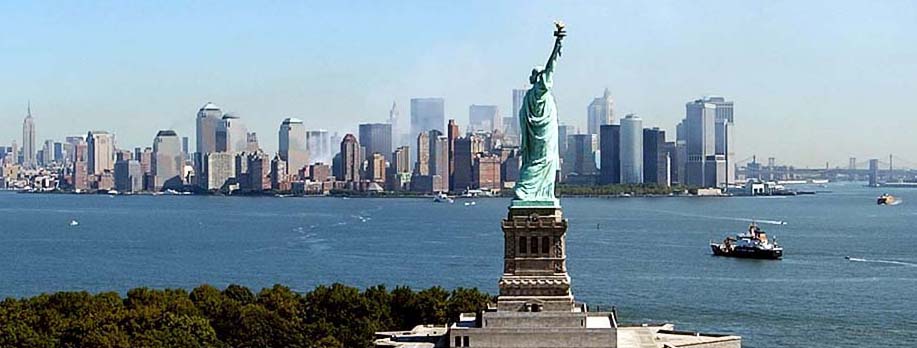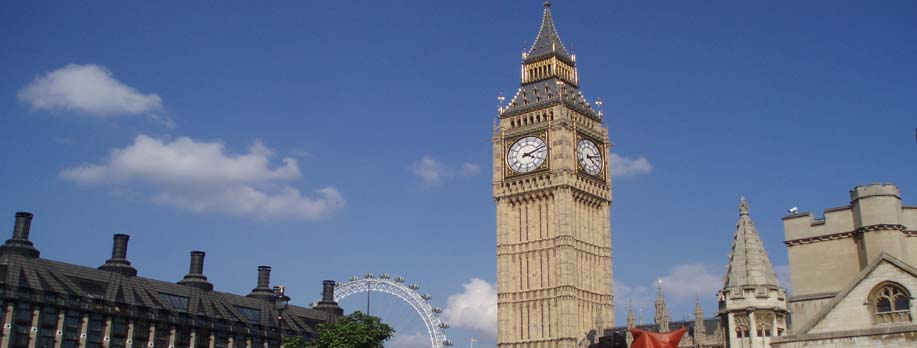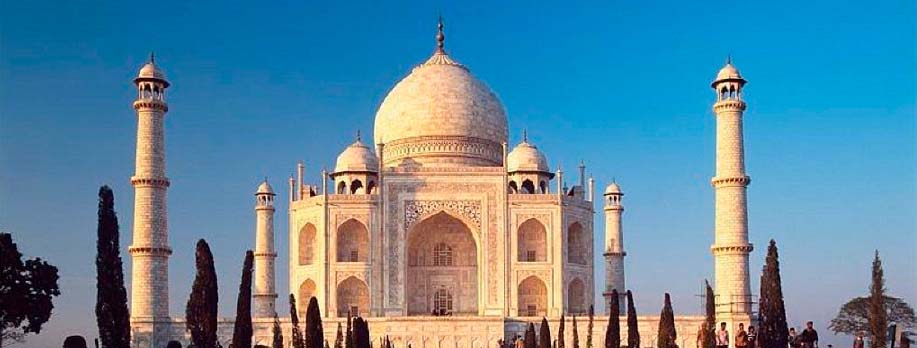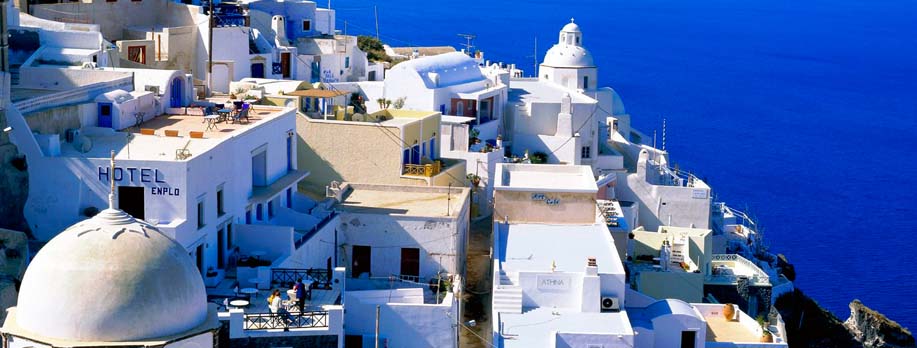| Barua Sagar |
| Situated 26 km northeast of Orchha, in the neighbouring state of Uttar Pradesh, Barua Sagar is a dam created on the Betwa River. It provides excellent views of the surrounding area. One can enjoy a swim in the lake or go for a walk in its beautiful environs. While here, one can also pay a visit to the Pratihara temple and the Jarai-ka-Math dedicated to Lord Shiva and Goddess Parvati. This place has a great historical importance as a battle between the Peshwas and the Bundela kings was fought here. |
| Chitrakoot | |
|
A part of the Bundelkhand region, Chitrakoot is situated in the region bordering Uttar Pradesh and Madhya Pradesh. According to the Ramayana, Lord Rama and his wife spent 11 out of 14 years of their exile in the jungles around Chitrakoot. Most of the attractions of Chitrakoot are situated along the Mandakini like Janki Kund, Ram Ghat, Sphatic Shila, Dev Ganga, Sati Anasuya, and Hanuman Dhara. |
 |
| Deogarh (Orcha) |
| Situated on the right bank of the Betwa in the western range of Lalitpur hills, Deogarh enjoyed political importance right from the Gupta Age. Its location on the main route from Delhi to Deccan has also ensured that it always remained a bone of contention. The main attraction here is the Deogarh Temple, dedicated to Lord Vishnu. This is the earliest-known Panchyatan temple in north India. The architectural plan of the temple displays terraced basement above the high plinth decorated with sculpted panels. Other highlights are the figures of Ganga and Yamuna that adorn the carved doorway leading to the sanctum sanctorum. Many parts of the temple are now ruined except the Anantshayi Vishnu depicting scenes from Vaishnava mythology. Two other attractions are the Karnali Fort perched on the hills that overlook river Betwa and the Deogarh Archaeological Museum with its fine collection of early Hindu sculptures. |
| Jhansi Fort | |
|
The fort was built by Raja Bir Singh in the 17th century purely for defence, as is evident by its location on the top of a hill. The fort was taken under siege by the mutineers in 1857 and they slaughtered all the occupants (mostly British). After the mutiny, the British ceded the fort to the Scindias of Gwalior and exchanged it for Gwalior in 1866. The fort houses the well-known Karak Bijli Tank as well as a museum with a good collection of sculptures and other remains. |
 |
| Mahoba |
| Capital of the legendary Chandelas, who ruled over this region between 9th and 11th centuries, Mahoba is a place full of stories of warrior kings. There is a fort atop a hill showing the might of Chandelas as well as lakes built by them. The temples in Mahoba are built in the same style as that of Khajuraho. Today, the town of Mahoba is also known for its production of betel leaves and granite rocks. |
| Paricha |
| Paricha in Uttar Pradesh is a dam built on the river Betwa. It is famous for its scenic beauty. |
| Talbehat Fort |
| Talbehat, situated in Jhansi district, has a majestic fort surrounded by a swamp. Talbehat derives its name from Tal (lake) and Behat (village)—a name given by the Gond tribe who were the original inhabitants of this place. The fort was built by Bharat Shah, the Raja of Bar and Chanderi in 1618. The fort also houses the famous Narsingh Temple. |
Orchha City Travel Guide |
Sight Seeing of Orchha |
Excursion in Orchha
Orchha Hotels










